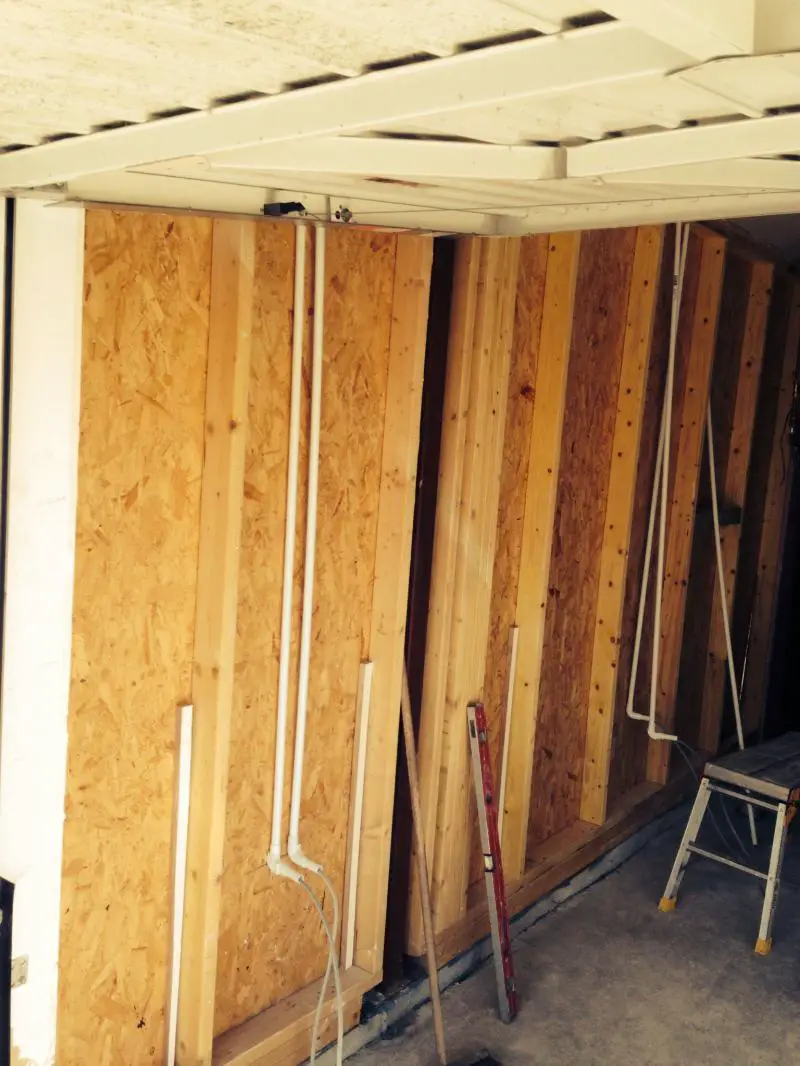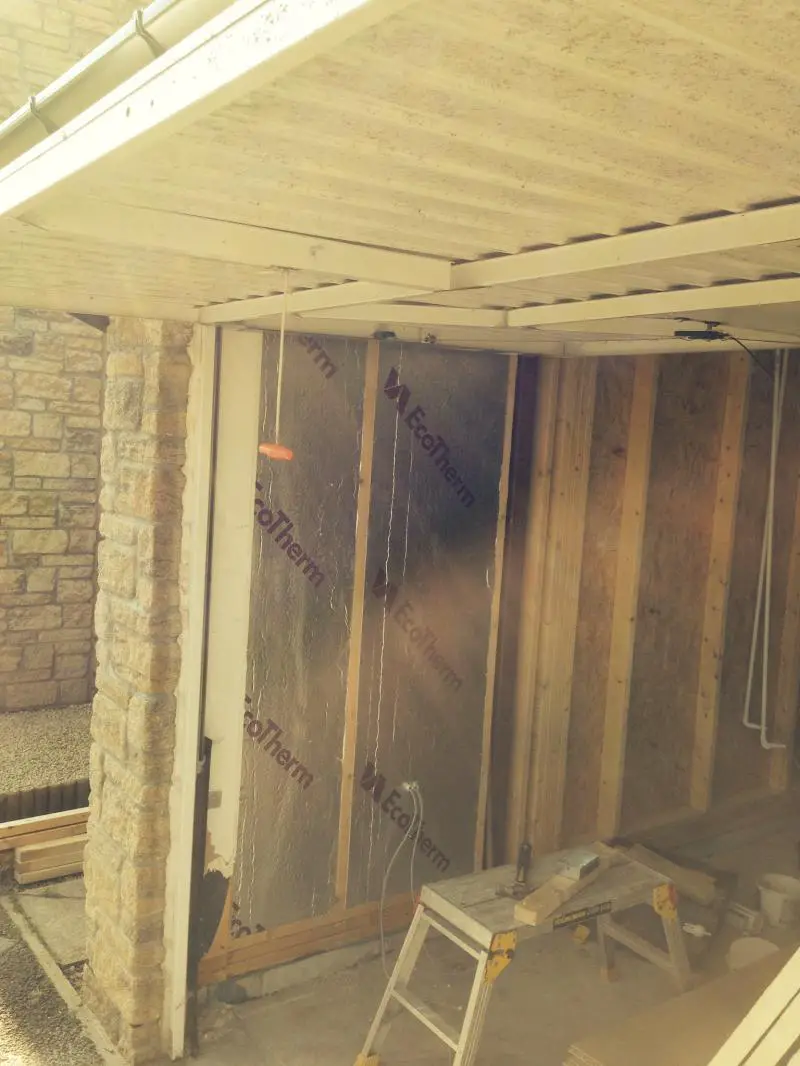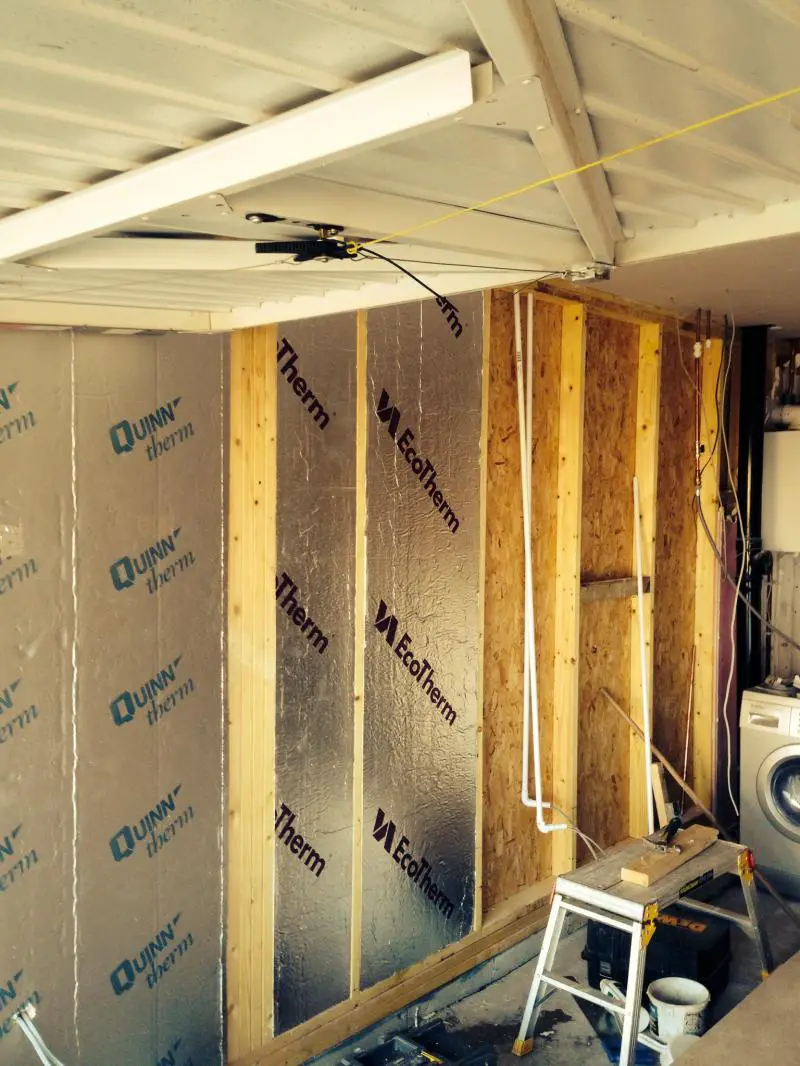Any issues with this? Having done a quick google have read some say minimum MCB size for sockets on a radial should be 20A (some disagree).
This is for a garage conversion into a kids play room. Total circuit is 22M of 2.5 T&E. Two sockets will be in an external wall and cables will run seperatly each in their own PVC conduit behind 120mm of PIR board.
I will be putting the conduit in the 25mm gap between the OSB & insulation rather than behind the plasterboard, due to not wanting to rebate the insulation or effect the VCL. Due to this I have downrated the cable to 13.5A rather than 20.
Load on the circuit will be TV, XBOX, router, & a couple of table lamps (610W) Have allowed a further 1200W for the hoover being plugged in now & again so 1810W in total 7.9A.
Is this ok or will I need to up the cable size and fit a 20A breaker?
The reason I need two sockets in this wall is that it is the only realistic place to position a bed when it eventually becomes an additional bedroom.
This is for a garage conversion into a kids play room. Total circuit is 22M of 2.5 T&E. Two sockets will be in an external wall and cables will run seperatly each in their own PVC conduit behind 120mm of PIR board.
I will be putting the conduit in the 25mm gap between the OSB & insulation rather than behind the plasterboard, due to not wanting to rebate the insulation or effect the VCL. Due to this I have downrated the cable to 13.5A rather than 20.
Load on the circuit will be TV, XBOX, router, & a couple of table lamps (610W) Have allowed a further 1200W for the hoover being plugged in now & again so 1810W in total 7.9A.
Is this ok or will I need to up the cable size and fit a 20A breaker?
The reason I need two sockets in this wall is that it is the only realistic place to position a bed when it eventually becomes an additional bedroom.




